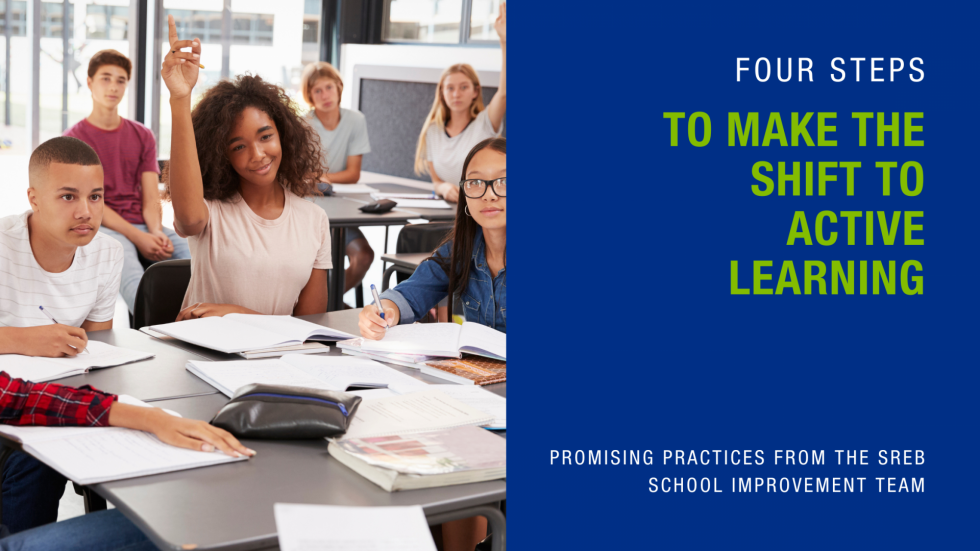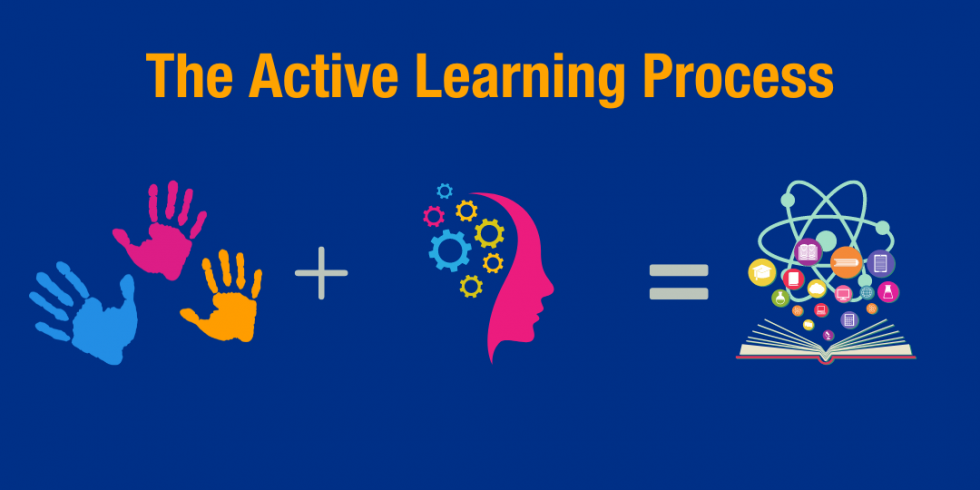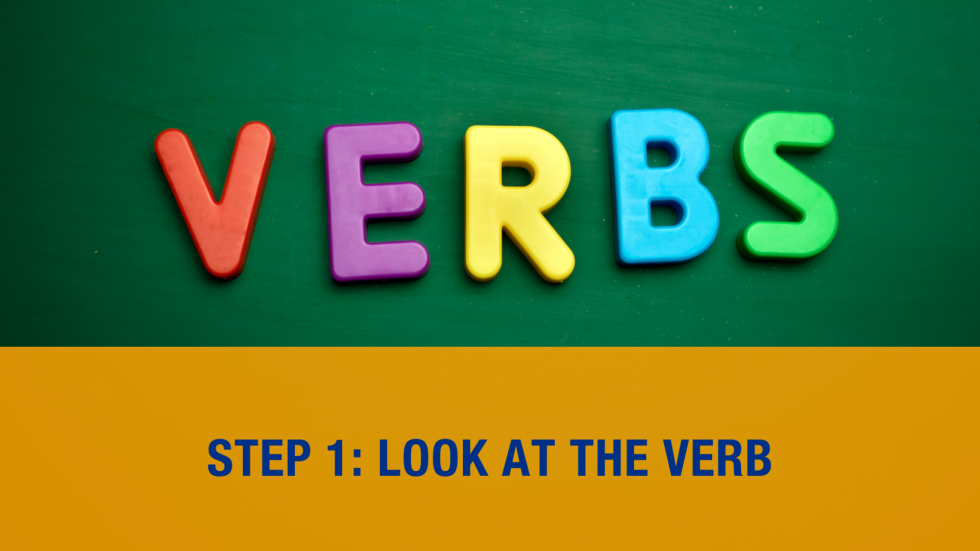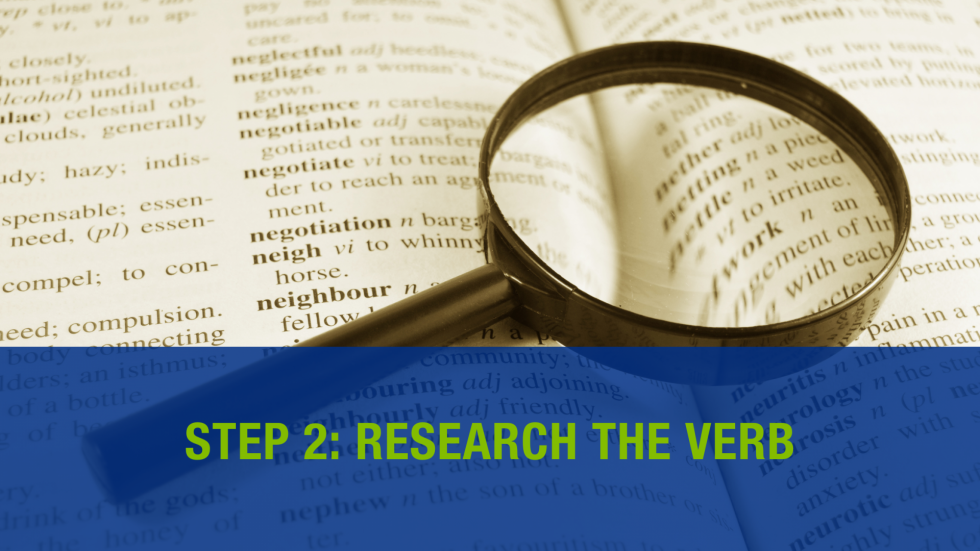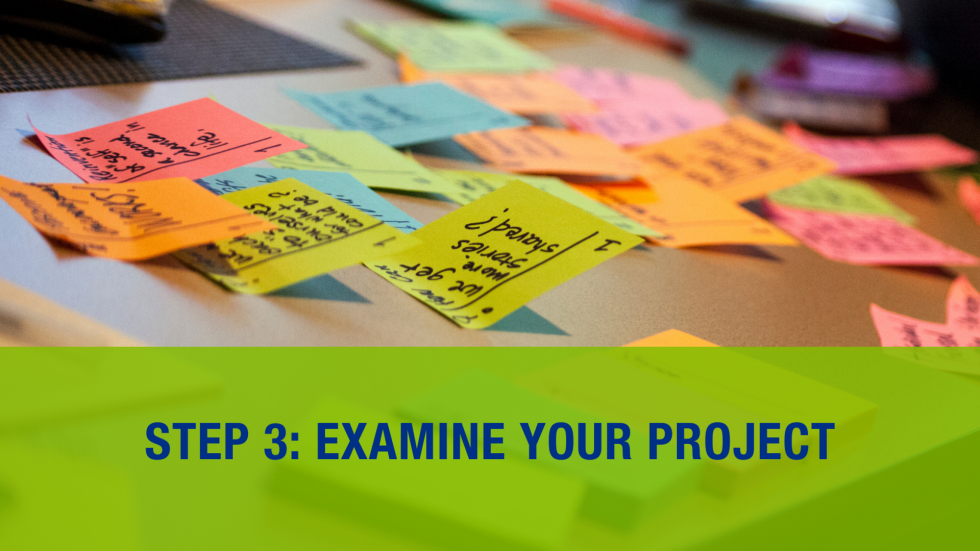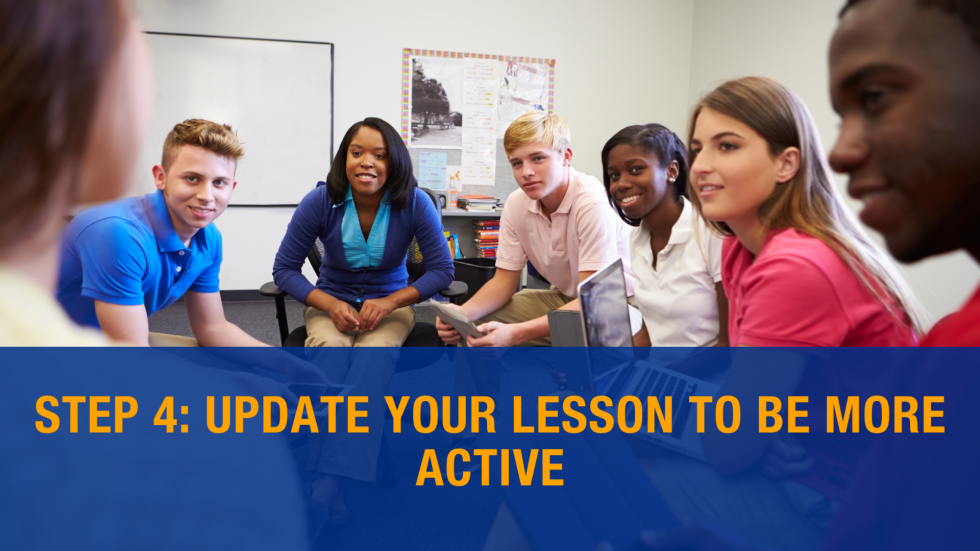From Hands-On to Mind-On: How to Move to Active Learning in Only Four Steps
Prefer to listen? Check out the audio recording of this post instead.
The internet has slowly become a teacher’s best friend when it comes to looking for fun and exciting activities for students. With the type of a few keywords and the click of a button, you can get a plethora of activities and ideas to excite and engage your students.
But are all activities created equal?
Just because something is “hands-on,” does it mean students are learning?
And if students are learning, are they learning what they need to know?
As an instructional coach, I often see wonderfully fun and exciting activities that teachers have brought into the classroom; however, when we go and look at the standards, we find the activity may engage students in learning about the topic but falls short of what the standard asks for students to do.
How can we get students to engage their minds in a learning task?
To better support students’ thinking and learning, I would like to propose a shift from hands-on learning to active learning.
What Is Active Learning?
Active learning puts students in the driver’s seat of their learning and encourages them to work not just with their hands to explore and discover, but also with their minds to engage with strategies such as writing and discussion.
When we combine a hands-on experience with a minds-on teaching strategy, such as reflective writing or small group discussions, we are helping students make sense of what they are discovering.
Creating an Active Learning Assignment
Even with the best teaching strategies, we must start by clarifying how the learning experience will support students to master the standard they need to learn.
Recently, we developed a flowchart to help you take hands-on activities and turn them into an active learning process.
Here is the breakdown of that process:
Step 1: Look at the Verb in the Standard
Before we can do anything, we need to start with the standard and look at the verb. This gives a picture of what students will eventually need to do with the topic. Ultimately, this gives us a goal to guide students towards.
For example, recently I have been working on improving one of our MGSTEM Projects to better connect to science standards. In this particular project, students redesign a snack to be healthier.
I thought this could be a great place to incorporate an understanding of body systems and how they use food to produce energy. I found a slew of fun, hands-on activities that would engage students in discovering how each system works. However, I also wanted to make sure I was meeting middle-grade science standards on body systems, such as this standard from the North Carolina 7th-grade Science Course of Study:
“LS.7.1.4 Construct an explanation to summarize how the major systems of the human body interact with each other to support life (including digestion, respiration, reproduction, circulation, excretion, nervous).”
Step 2: Do Your Research
In looking at the verb of the sentence, “Construct an Argument,” I quickly referenced a few sites to remind me what this verb means in this context:
- Construct – to build something
- Argument – a statement or set of statements that you use in order to try to convince people that your opinion about something is correct.
So, this tells me I eventually need students to take their knowledge from the hands-on experiences and build upon that experience with some contextual knowledge that will allow them to construct an argument using their knowledge of body systems.
Step 3: Examine Your Current Project
In following the chart, I asked the question, “Do these activities engage students in doing this?” Well, no, not really. I considered the next two questions.
- How might I adapt it to meet the verb?
- How might it be used as a scaffold to get students to do the verb?
I did not think adapting the activities would help; however, the second question led me to consider how the activities could start the exploration process and help them make better sense of textual evidence.
Step 4: Update Your Lesson to Be More Active
In my final lesson planning, I used the hands-on activities as stations where students would rotate through to “play” with different aspects of body systems. I added to each station a reading activity that described the body system where students had to take notes and answer reflective questions such as, “How does this body system aid in the digestion and processing of food and nutrients?”
Finally, after the stations, students worked in their design teams to define what it means for a food to be healthy and develop a recipe for a healthy alternative for a popular snack. In their final reports, students had to use their knowledge of body systems to make an argument for how their snack supports a healthy body and how the body systems will break down the food and use the nutrients from the snack to produce energy.
Let’s Look at Another Example
We can see another example of how shifting to active learning enhances the learning process from these lessons from another instructional coach.
Hands-On Learning Model
In the first lesson, a teacher is looking to teach middle school students about moon phases and uses chocolate sandwich cookies (such as Oreos or Hydrox Cookies) to help aid her students. Students use the cookies to make each moon phase and diagram it relative to the sun.
However, the standard students need to master states:
“Develop and use a model of the Earth-sun-moon system to describe the cyclic patterns of lunar phases, eclipses of the sun and moon and seasons.”
The lesson gives students a model instead of having them develop their own and students are not using the model to explain how the earth, sun and moon interact to create cyclical moon phases.
The Active Learning Model
The second example moves to an active learning framework.
By starting with the verbs, “Develop and use a model… to describe,” the teacher knows that eventually, students will need to develop their own model based on scientific resources.
Part one gets students to explore what happens between the earth, sun and moon to gain an understanding of how light and shadow create moon phases. Students then build on that knowledge to develop their own model using a light source and Styrofoam balls.
Both lessons engage students in hands-on learning; however, the second lesson takes the hands-on learning further by engaging students in doing what the standard calls for.
Final Thoughts
Teaching and learning are complex science and art forms. We want students to be excited about learning and to give them learning experiences that pique their curiosity about our subject areas. However, we also need students to make progress in mastering standards.
Starting with the verb in the standard and imagining what it looks like for students to do that verb within our classrooms, we can meaningfully use hands-on activities in conjunction with minds-on strategies to create fun, engaging active learning experiences.
For more ideas like these, sign up for our Promising Practices Newsletter.


